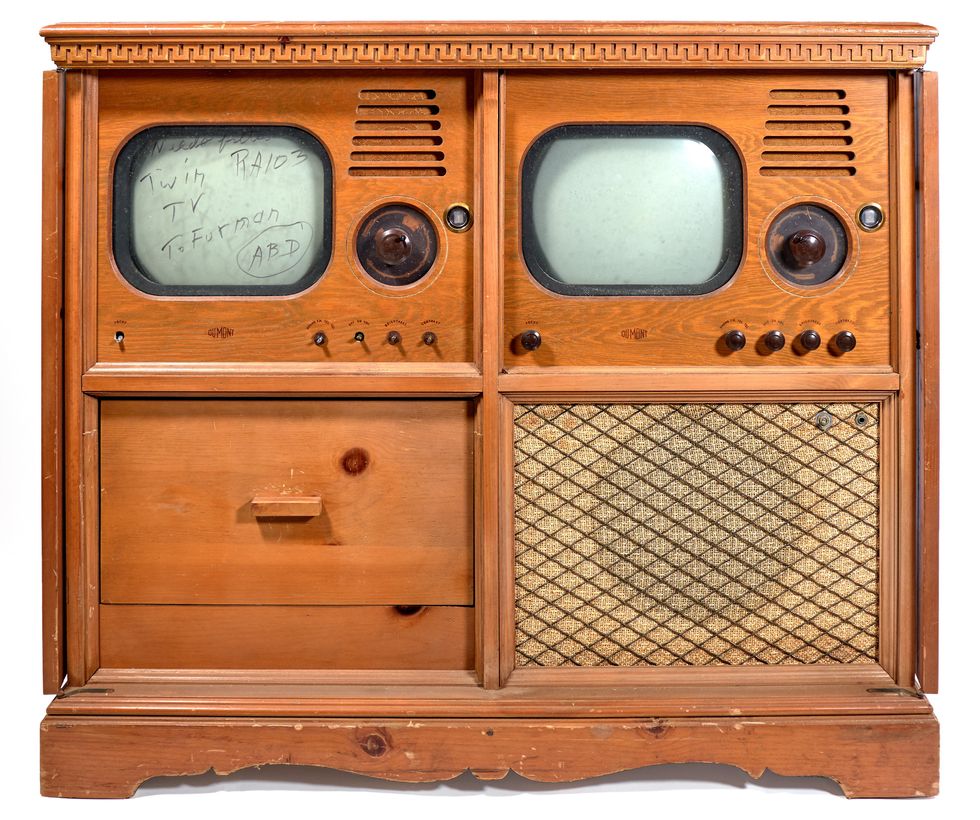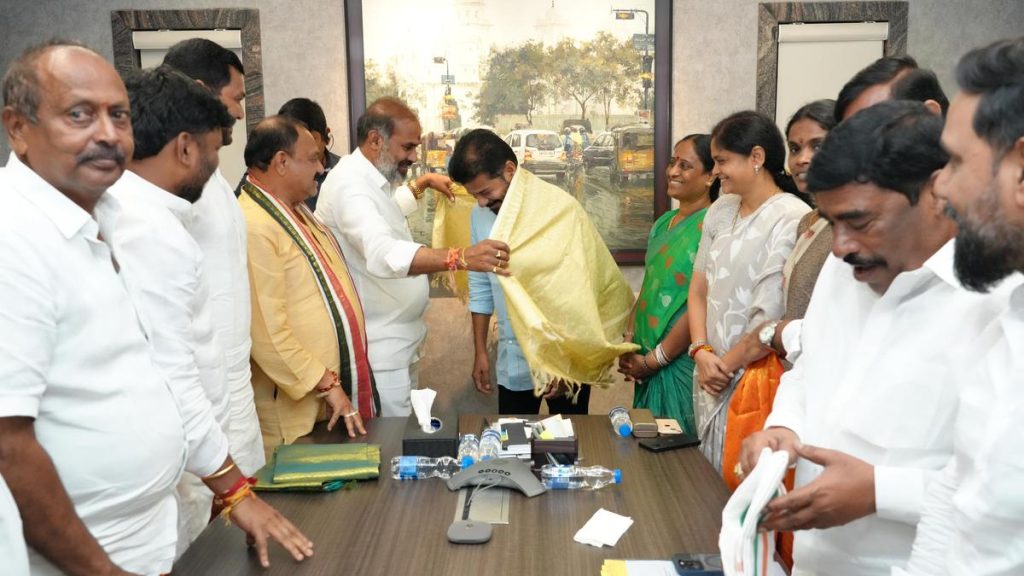Now Reading: 1945 TV Console Pioneered Dual-Program Viewing
-
01
1945 TV Console Pioneered Dual-Program Viewing
1945 TV Console Pioneered Dual-Program Viewing

Speedy Summary
- The article discusses Allen B.DuMont,a pioneer in commercial television in the U.S.,and his innovative prototypes of dual-screen television sets introduced in the 1940s and 1950s.
- The first prototype TV (1945) featured two separate black-and-white screens housed in a single cabinet, allowing individuals to watch different programs simultaneously. Audio was delivered through earpieces.
- DuMont’s 1954 Duoscopic model broadcast two channels on a single screen using polarized glasses to isolate images for viewers. Audio for each channel could be heard through earpieces or speakers.
- These devices aimed to foster “separate but together” family time by reducing disputes over programming preferences.
- Despite their ingenuity, these TVs failed commercially due to high production costs and limited programming options at the time. It was cheaper for families to purchase additional TV sets instead.
- DuMont also contributed significantly to improving cathode-ray tubes, launched one of the earliest television networks, and produced various notable programs from live studio broadcasts during the mid-century era.
Images:
- family viewing wiht polarized glasses and earpieces (duoscopic technology).
- Allen B. DuMont with cathode ray tube innovation.
- Early ad promoting separate viewing experience as harmonious.
Indian Opinion Analysis
Allen B. DuMont’s innovations highlight how technology can shape social interactions such as media consumption within households-an issue that resonates even decades later as multitasking across multiple screens becomes commonplace globally, including India where smartphone usage dominates entertainment habits today.
The ‘separate but together’ concept embodied by his prototypes mirrors evolving cultural shifts toward personalized viewing experiences amid shared spaces-a trend increasingly relevant in densely populated homes across urban India that balance communal living with individual needs.
However, India’s current trajectory indicates that cost-effective solutions like smartphones or streaming platforms accessible across diverse socioeconomic demographics have taken precedence over niche hardware inventions like dual-view televisions due to practicality and affordability concerns-similar reasons behind DuMont’s models failing commercially despite their vision.
DuMont’s legacy underlines technological attempts not merely as gadgets but sociocultural interventions-a framework valuable for emerging market economies like india that continue negotiating between connectivity demands of modern life while addressing cohesion among customary family structures.























